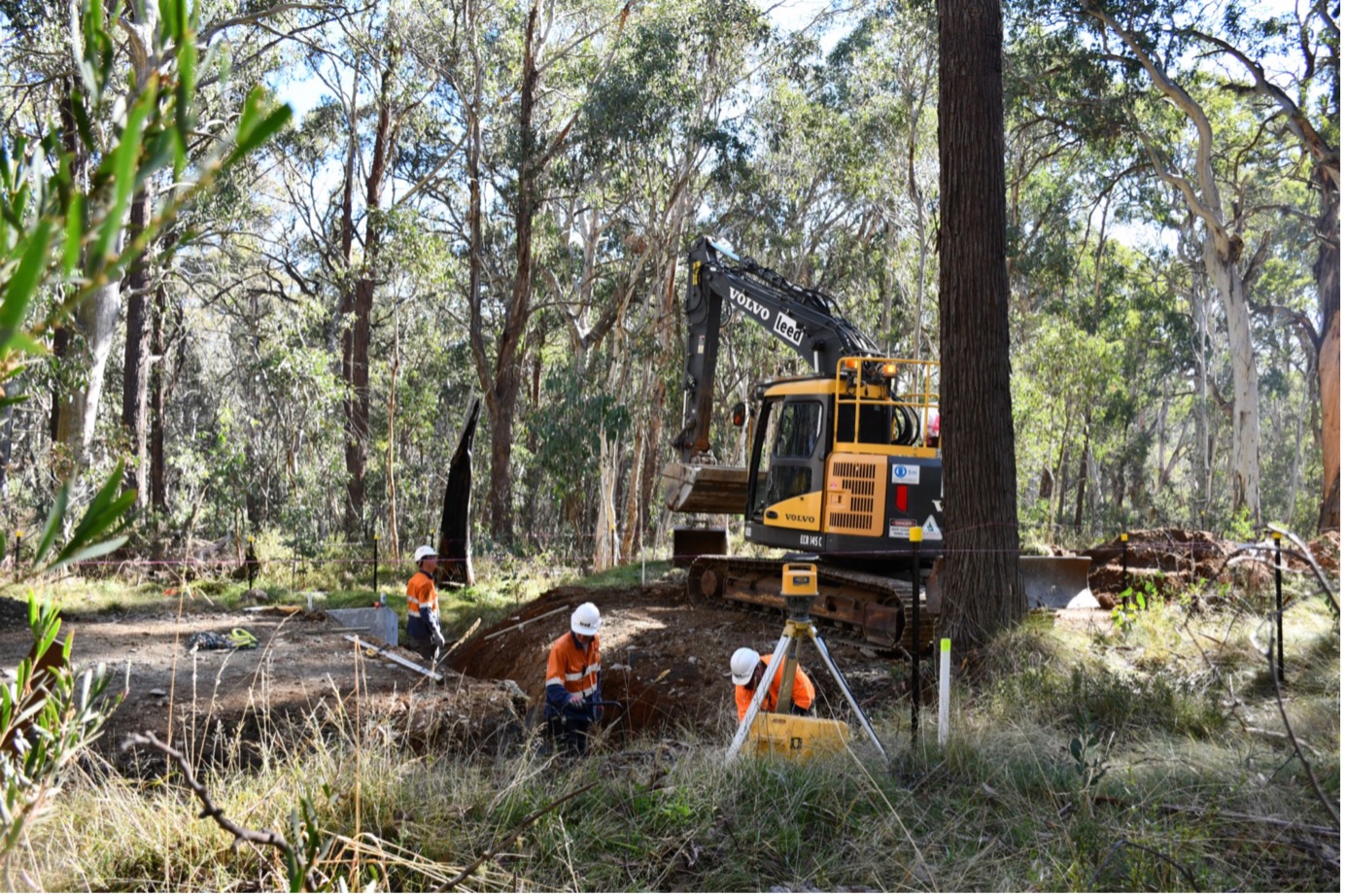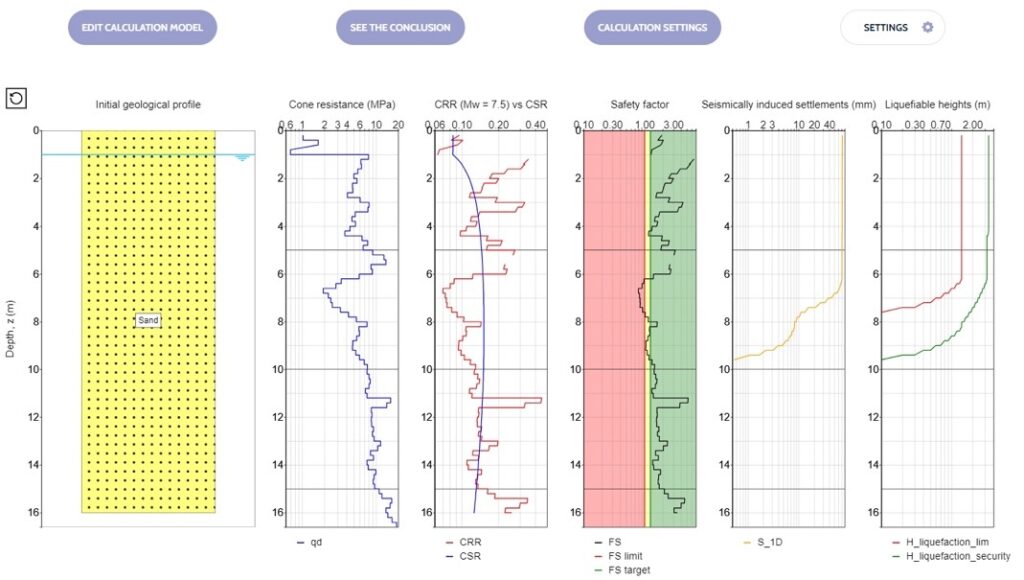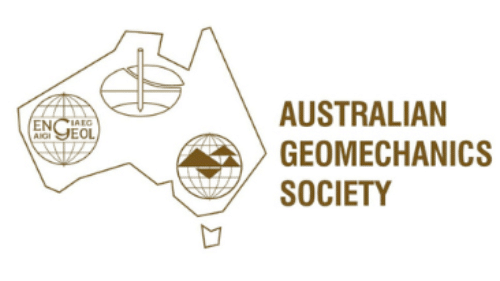How innovative testing methods can save your clients significant time and money – Case Studies
Recently, I sat down with one of the pioneers in the alternative testing space, here in Australia.John Boykett, from Geotechnical Testing Services, has worked tirelessly over the last 10 years, collaborating and refining approaches to apply alternative testing methods in a variety of situations. We discussed two projects; Snowy Hydro 2.0 and a Queensland DTMR roundabout, and the problems being solved.
Snowy Hydro 2.0
For 12 months prior to the formation of Future Generation (the Selini Impregilo / Clough / Lane JV), Geotechnical Testing Services worked directly with Leed Engineering & Construction (Leed) for Snowy Hydro. Geotechnical Testing Services were the geotechnical partner for the Exploratory Works Package, which was mostly building site access roads and upgrading internal roads and bridges to make them safe for construction traffic use. A site compound was also established at Lobs Hole.
It was during these early works that pioneering work was done when Geotechnical Testing Services worked with their consultant, FSG Geotechnics + Foundation (FSG), who Insitutek introduce them to, and SMEC, Snowy Hydro’s technical adviser.
Leed advocated for the alternative compaction methods described below because the testing outcomes were live or real time. This meant construction was continuous, Leed were not waiting for results and rework was almost eliminated. Further, there were further savings realised with, in the region of, 700 – 800 less lab compaction tests done over 12 months, resulting in a reduced the number of technicians required on site.
Culvert Replacement
Part of the project involved the installation of new culverts as part of the upgrade of bush tracks for construction vehicles. Whilst new culverts were being installed, the internal road would be closed to all traffic. Hence, speed of construction was a key factor.
Conventional Approach
The traditional RMS compaction specification required each 200mm backfill layer to be tested for compaction (both field density and a laboratory test). Each laboratory test required both laboratory compaction and a moisture content assessment. In general, there were 5 lifts.
Hence a total of 15 tests were required for each location with 5 return trips required by the geotech.
Alternative Approach
Construction proceeded with multiple lifts of material placed and compacted in quick succession. Then, in a single test, the PANDA Instrumented DCP was used to assess the cone resistance through the material (through multiple layers of backfill, through the haunch and into the bedding support), and this was related to the Compaction Control database that relates density and cone resistance. This method leaned on the French approach to trench backfill contained in NF P 94 105. The layer depth, uniformity and compaction achieved for each layer was able to be assessed.
Finally, compaction was assessed in the traditional way at the surface, with NDM and Lab compactions.
Hence a total of 4 tests were required for each location for compaction purposes and only one return trip was required by the geotech.
Bulk earthworks and internal roads upgrade
The bulk earthworks mostly related to the internal roads and embankment fill.
Conventional Approach
The originally specified method required 6 tests per lot with 5 lots being worked on on a daily basis. Each location required a field density test (using the NDM) and lab tests (laboratory compaction and moisture content to determine Maximum Dry Density). Using this example, 60 tests would be required.
Alternative Approach
A combination of tests were used:
Light Weight Deflectometer (LWD) tests to assess insitu modulus
RMS Test method T162 Compaction control test (rapid method) to determine Maximum Wet Density
A project specific specification was developed. A material specific piece of work was done to relate dynamic modulus (Evd) from the Light Weight Deflectometer to traditional compaction outcomes. The approach taken formed the basis of the Queensland Department of Transport and Main Roads Draft Technical Note – Guidance on Use of Light Weight Falling Deflectometers (LWDs) to be Accepted as an Alternative Method for Verification of Earthworks Compaction Requirements – June 2021.
In this example, LWD tests were done at 30 locations and 1x Field Density and 1x lab test (RMS Test method T162 – Compaction control test (rapid method)) was done per day.
One of the benefits of using the LWD as a testing method was that larger grain sizes up to 63mm could be tested.
Highway Interchange near Gympie
The project was the construction of the strategically important $12M intersection and roundabout project at the Wide Bay Highway and Bruce Highway interchange. This was a Queensland Department of Transport and Main Roads specified project. One of the features of this project were many embankments with detailed fill (narrow but deep).
For this project, Geotechnical Testing Services teamed up with their long standing client, CMC Group – Civil Mining & Construction. CMC appreciated the fact that the Light Weight Deflectometer gave their construction teams real time feedback on performance to specification. This enabled them to make better informed timely decisions so they could adjust construction accordingly in real time. Further, a significant saving was realised when compared with the conventional testing regime.
Conventional Approach
The DTMR specification required compaction to be assessed using either the Sand Replacement method or NDM field density and dry density. In this scenario, 4 lots per day were completed and 3-4 tests per lot. A field density test (NDM) and lab tests (laboratory compaction and moisture content) were required at each location. Hence a total of 36 tests.
Alternative approach
To help get their proposed alternative compaction testing method for embankment fill across the line with DTMR, Geotechnical Testing Services brought in specialist technical advisers, FSG Geotechnics + Foundation (FSG). An approach using Light Weight Deflectometers to test deflection and assess modulus was proposed. Geotechnical Testing Services carried out a series of trials for Dynamic Modulus vs Density so that an equivalent range could be established. FSG did the analysis. DTMR approved the approach but required one Field Density and one HILF test to be carried out per lot to confirm compaction.
Feedback from the DTMR project supervisors on this innovative approach was very positive.
Being a government project, 3rd party accredited to ISO 17025 was required. Geotechnical Testing Services had chosen to become NATA accredited to ASTM E2835-11, Standard Test Method for Measuring Deflections using a Portable Impulse Plate Load Test Device and they were first company to become NATA accredited for Light Weight Deflectometer use in Australia. This raised a few challenges for them, as NATA was unfamiliar with the equipment and process. At the time, there was no Light Weight Deflectometer calibration facility in Australia so Geotechnical Testing Services and Insitutek worked hard to demonstrate that Zorn Instruments calibration facilities were ISO 17025 compliant.
Now, Insitutek and Light Weight Deflectometer equipment manufacturer, Zorn Instruments, our partner for more than 15 years, have teamed up with Trilab to provide the only LWD service, repair and calibration facility in the southern hemisphere. It is now fully operational.
Conclusion
Alternative testing methods are increasingly seeing adoption on a case by case basis for projects large and small. The primary drivers tend to be cost and reduced time between tests being done and results becoming available. This is set against a backdrop of a worldwide move towards insitu performance based testing specifications, creating a direct link between the pavement or embankment design performance criteria (based on stiffness, strength parameters, or both) and the insitu condition for construction quality control and assurance purposes.
It’s been a pleasure to share the journey of implementing alternative testing methods with Geotechnical Testing Services. We really respect industry early adopters and the people who work in them, for the hard work they do. They smooth the path for those working in the mainstream to implement better practices and improve the civil construction industry. Here is how you can get in touch with them: John Boykett, Geotechnical Testing Services, Work: [email protected] Mobile: 0427 496 229.
We find the Insitutek team extremely helpful and their knowledge of the equipment and its capabilities is a great resource for our staff.
I have known the team at Insitutek for over ten years. Their professionalism, positivity and enthusiasm for their work is outstanding and I am pleased to recommend them.
FH is now routinely using the LWD with very good feedback and useful engineering data. The equipment is an easy to use Zorn LWD.
Insitutek Blogs
We find clients are often looking for ways to improve geotechnical testing outcomes and do it more efficiently at the same time. This drives their buying decision making. Australian Soil and Concrete Testing (ASCT) was a case in point when they were searching for Plate Load Test equipment for their upcoming Collector Wind Farm project. Some of the things that motivated them include: […]
We are excited to introduce the addition of a new Liquefaction Risk Estimation module in WebSprint©. Paired with our cutting-edge products, PANDA® and GRIZZLY®, this module enables you to assess the liquefaction risk of soils exposed to seismic stress. PANDA® Instrumented DCP: This cutting-edge tool provides dynamic penetrometer soundings, delivering precise data crucial for seismic risk evaluations. GRIZZLY® […]
The Australian Geomechanics Society is gearing up for a series of geotechnical events across VIC, WA, NSW, and SA-NT. We are thrilled to inform you that we will be sponsoring and attending these exciting geotechnical events, and we would love for you to join us. It’s a fantastic opportunity to catch up, explore our booth (VIC), and stay informed about […]






